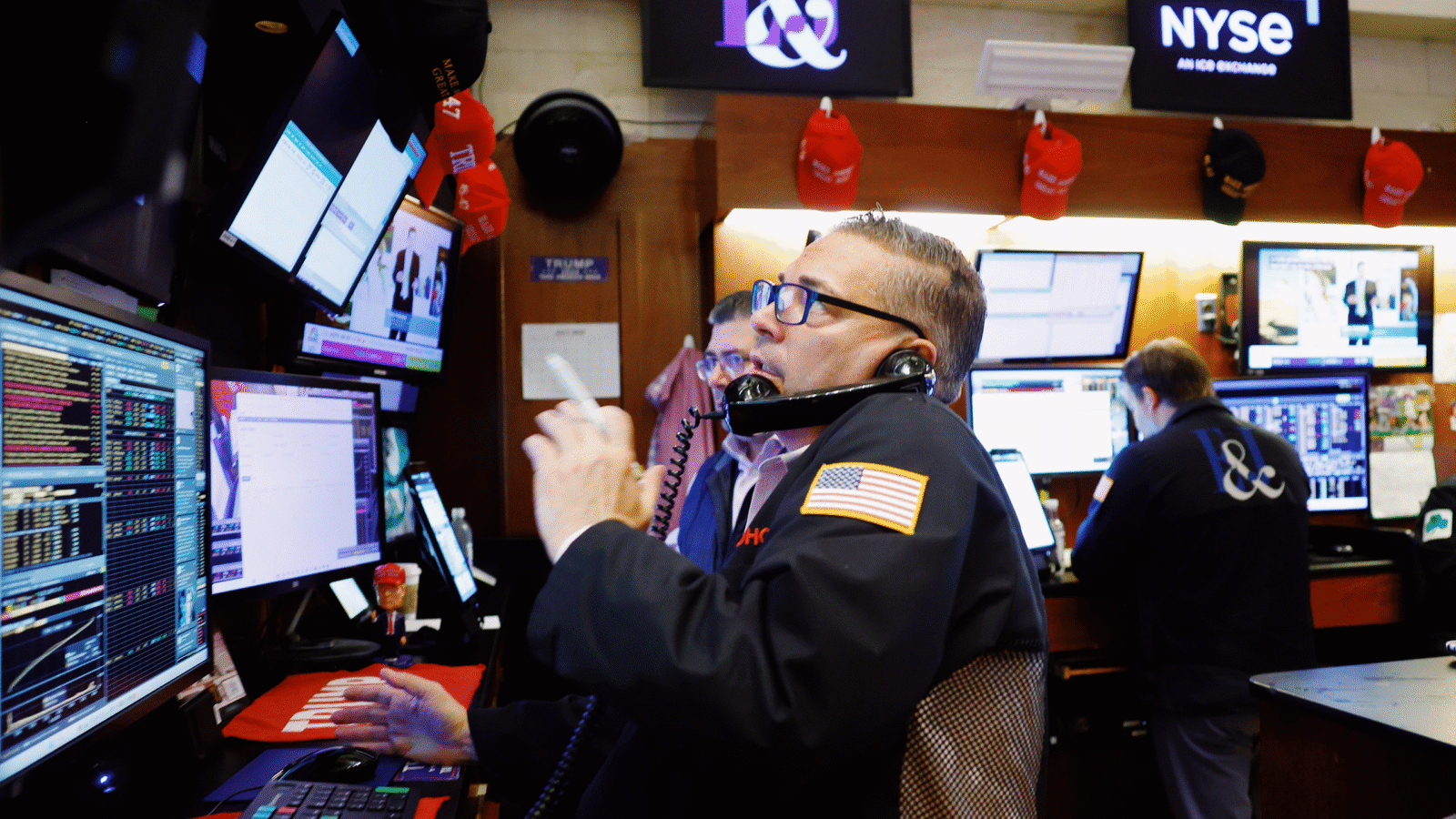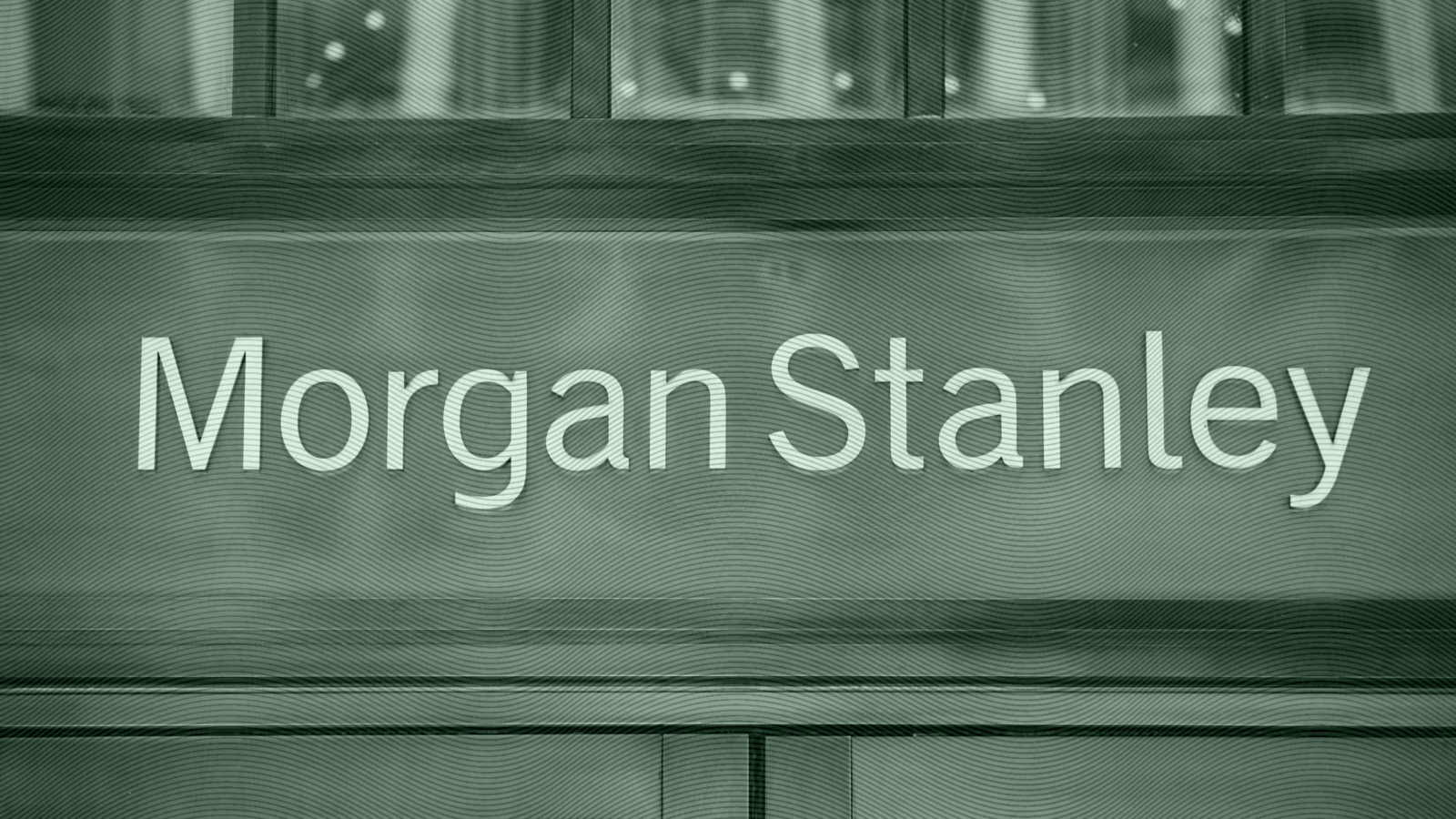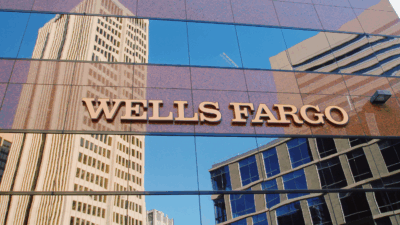
Sign up for smart news, insights, and analysis on the biggest financial stories of the day.
For banks, it’s the financial equivalent of Ozempic.
After about a year of being weighed down by roughly $80 billion of leveraged loans, banks are starting to offload some of that debt again, a sign that investors are starting to believe in the sweet spot of lower inflation without a recession to follow.
It’s So Heavy
Climbing out of the pandemic, large banks provided tens of billions of dollars in loans to fund major buyouts, including private-equity buys of Citrix, Nielsen Holdings, and the seismic $44 billion acquisition of Twitter last year by Elon Musk. Such leveraged loans are generally higher risk, but they’re also part of the standard practice of packaging up all that debt to sell to other investors on the secondary market.
But then global inflation took over, prompting central banks to raise interest rates to slow down white-hot price growth. And when interest rates go up too fast, too quickly, banks can be left holding the bag on securities they intended to offload. Lenders like Bank of America, Citigroup, and Goldman Sachs had two options: Sell the debt at a major loss or keep under-the-water debt on the balance sheets until the economy normalized. Thankfully, we might be heading in the latter direction:
- Banks still have plenty of unwanted debt, but investors seem more open to buying some of it than they were in 2022. Since May of last year, major banks have shed more than half of their “hung” debt exposure, which now sit at an easier-to-swallow $35 billion, according to Morgan Stanley data prepared for The Wall Street Journal.
- Bloomberg reported that leveraged loans have returned 8% so far this year, their best year since 2009, as the floating-rate instruments outperform other investments like junk and high-grade bonds in a rising rate environment.
Not as bad as we thought: At the end of July, the Federal Reserve raised interest rates for the 11th time in the last 18 months, with Chair Jerome Powell saying, “The process of getting inflation down to 2% has a long way to go.” Even if that doesn’t mean another rate hike — though Fed Governor Michelle Bowman predicts more in the future — it will still be a while before the Fed starts cutting. Yet many economists are increasingly buying into a mild recession as the absolute worst-case scenario.
Even resident doomsayer JPMorgan CEO Jamie Dimon has somewhat flipped his thoughts, recently telling The Economist that “Even if we go into recession, the consumer’s in great shape.” Instead, he’s more concerned about nuclear blackmail, starvation in Africa, and the escalating war in Ukraine. You could have left it at good economy, Jamie, but you had to go and make us feel bad.











